What is Augmented Reality (AR) in Industrial Training?
Augmented Reality (AR) is a cutting-edge technology that overlays digital content onto the real world through devices like smartphones, tablets, or AR glasses. In industrial training, AR creates an interactive and immersive learning environment, helping employees acquire complex skills more efficiently. By merging virtual elements with real-world scenarios, AR revolutionizes how industries approach skill-building and operational training.
This transformative technology has been adopted across manufacturing, construction, healthcare, and aerospace industries to bridge the gap between theoretical knowledge and hands-on experience. According to Wikipedia, AR enhances visual understanding by simulating real-world challenges, enabling trainees to gain practical expertise without real-world consequences.
Enhanced Engagement and Immersive Learning
Traditional training methods often rely on manuals or videos, which can be tedious and hard to grasp. AR replaces these passive approaches with dynamic, interactive experiences. Trainees can interact with 3D models, manipulate virtual machinery, and observe live demonstrations, making the learning process both engaging and memorable.
- Interactive Simulations: AR allows workers to practice assembling equipment or troubleshooting systems in a risk-free virtual environment.
- Gamified Learning: AR platforms can incorporate gamification, rewarding users for completing tasks and boosting motivation.
- Personalized Training: Each trainee can learn at their own pace, focusing on areas that need improvement.
For instance, Boeing reported a 40% increase in productivity when AR was implemented for wire harness assembly training.
Real-Time Problem Solving and Feedback
One of the standout advantages of AR in industrial training is its ability to provide real-time problem-solving tools and instant feedback.
- Hands-Free Guidance: Using AR headsets, workers can access step-by-step instructions while performing tasks.
- Error Detection: AR systems can immediately highlight errors, allowing users to correct mistakes before they escalate.
- Collaborative Learning: Supervisors can monitor trainees remotely and offer guidance through AR-enabled communication tools.
This instant loop of action and feedback enhances learning outcomes, ensuring workers are better prepared for on-site challenges.
Cost Efficiency in Workforce Training
Implementing AR technology might seem costly initially, but it significantly reduces long-term training expenses.
| Traditional Training Costs | AR Training Costs |
|---|---|
| Facility rentals | Virtual simulations |
| Equipment wear and tear | Digital models |
| Downtime during training | Continuous online access |
Additionally, AR eliminates the need for physical training materials and minimizes the risk of damage to expensive equipment during training. Companies like Siemens have reported a 20-30% reduction in overall training costs after adopting AR solutions.

Top Advantages of Augmented Reality in Industrial Training
Improved Safety Standards and Risk Mitigation
Safety is paramount in industrial environments. AR equips workers with the tools and knowledge to handle complex machinery or hazardous situations without exposure to real-world risks.
- Safety Simulations: Trainees can practice emergency drills, such as handling chemical spills or operating heavy machinery, in a controlled virtual space.
- Preemptive Risk Analysis: AR visualizes potential dangers, allowing workers to identify and avoid hazards.
- Compliance Training: AR helps ensure that employees understand and adhere to industry regulations through practical demonstrations.
By integrating AR into safety protocols, industries reduce workplace accidents and foster a culture of preparedness.
Future Potential of AR in Industrial Training
The evolution of AR is far from over. With advancements in AI and machine learning, AR is poised to become even more intuitive and effective in industrial training.
- AI-Driven AR: Personalized training programs based on an individual’s learning progress.
- Cloud Integration: Instant access to updated training modules from anywhere in the world.
- Haptic Feedback: Adding tactile sensations to AR experiences for even more immersive learning.
As AR technology matures, it will continue to transform workforce training, ensuring employees are equipped to meet the demands of tomorrow’s industries.
Conclusion
Augmented Reality (AR) is reshaping the industrial workforce training landscape, making it safer, more efficient, and cost-effective. By leveraging AR, companies can foster a skilled, confident, and safety-conscious workforce.

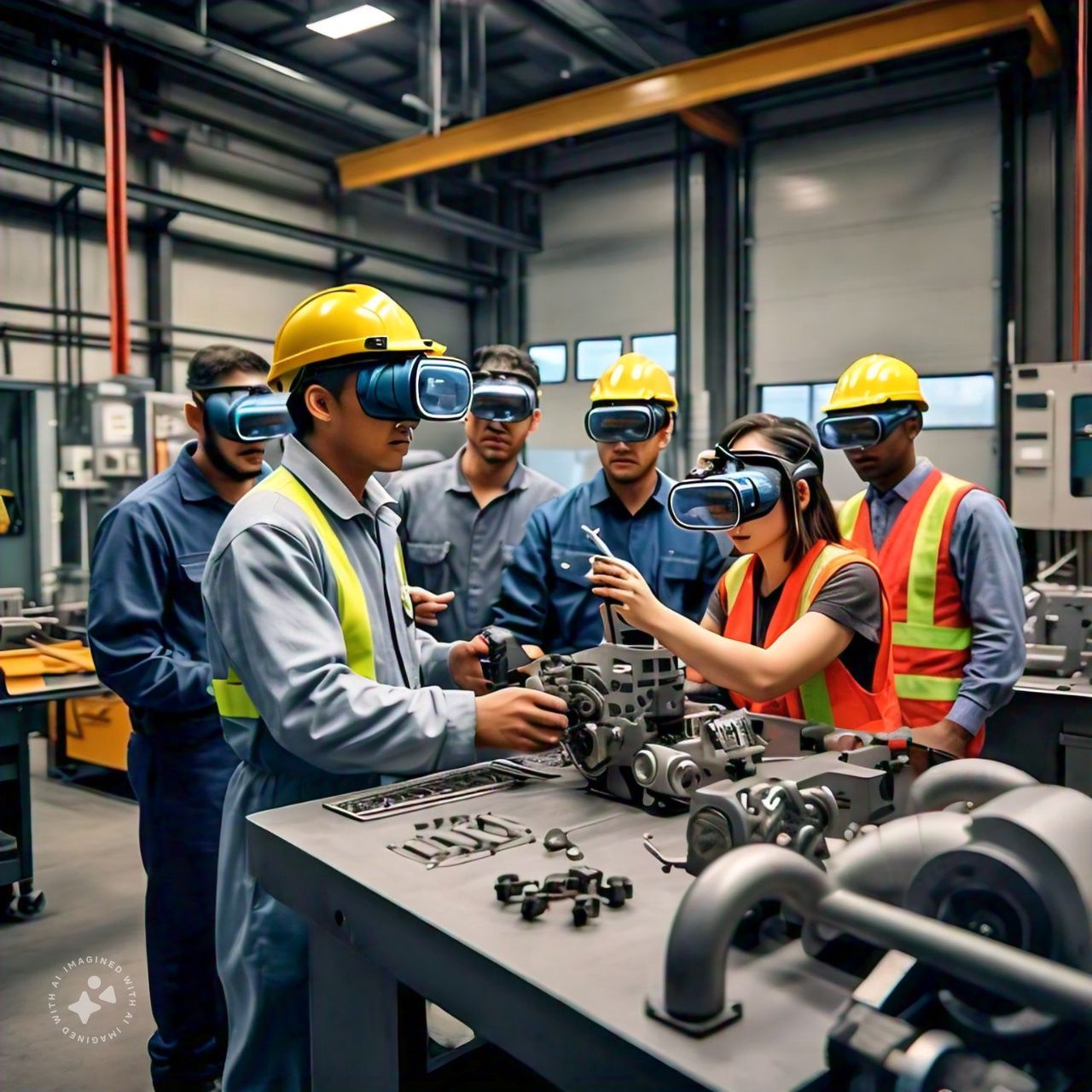



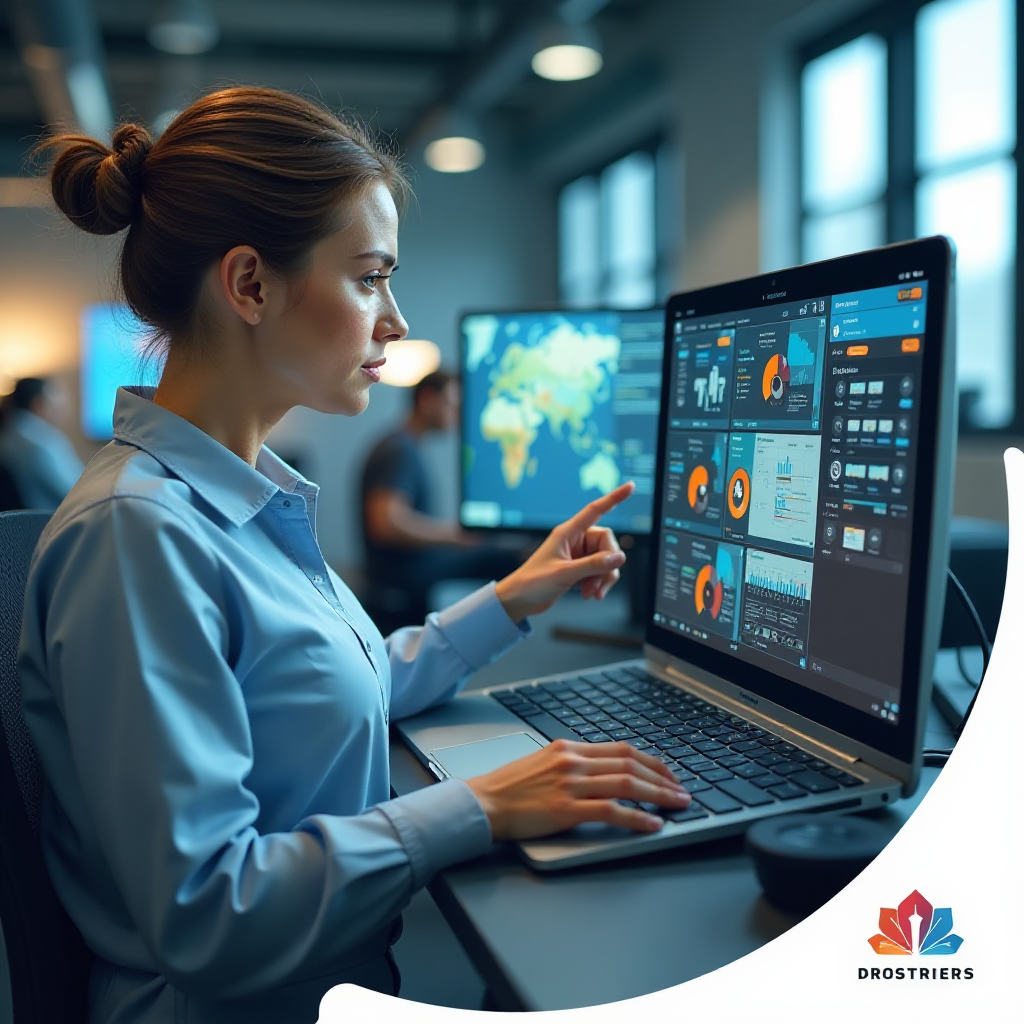


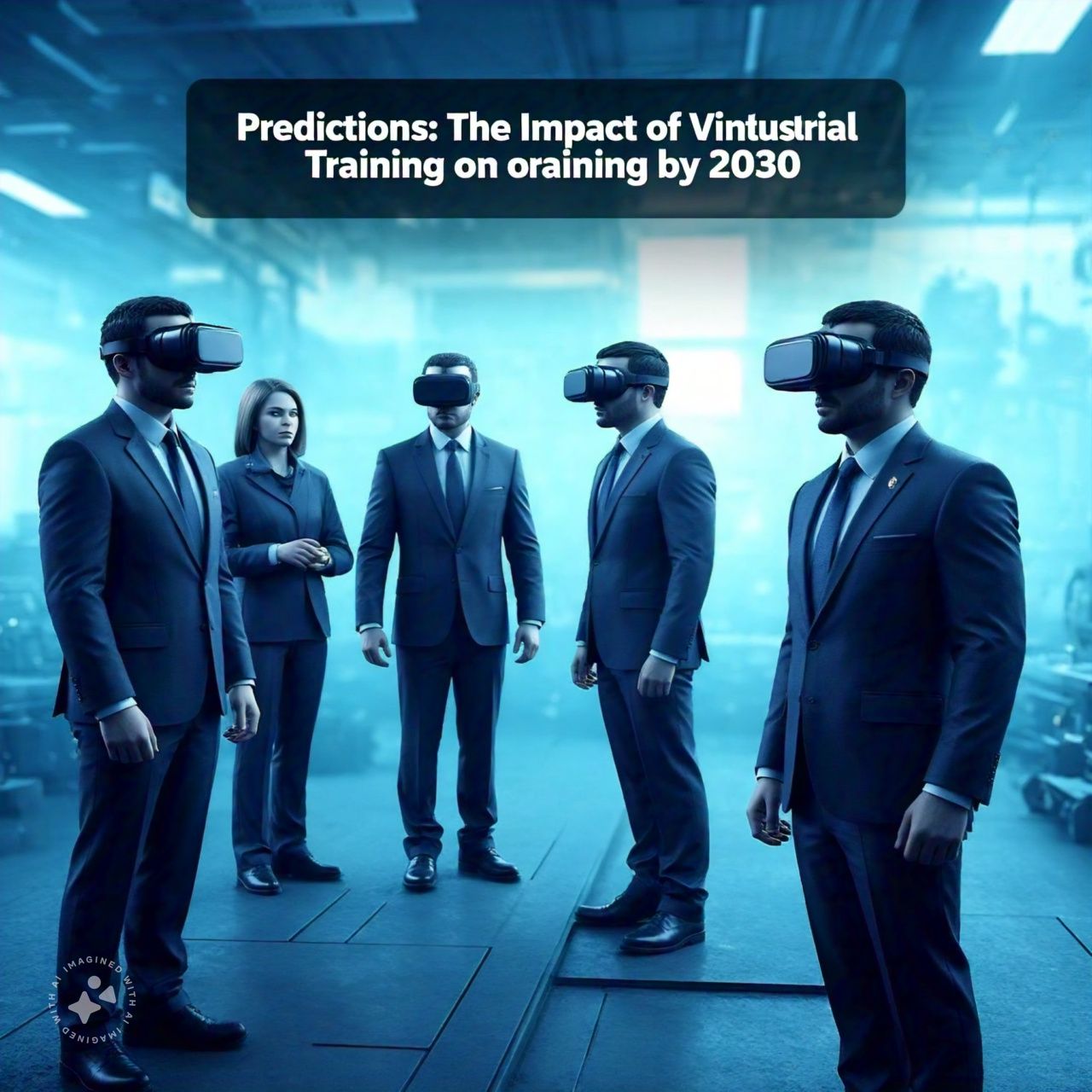
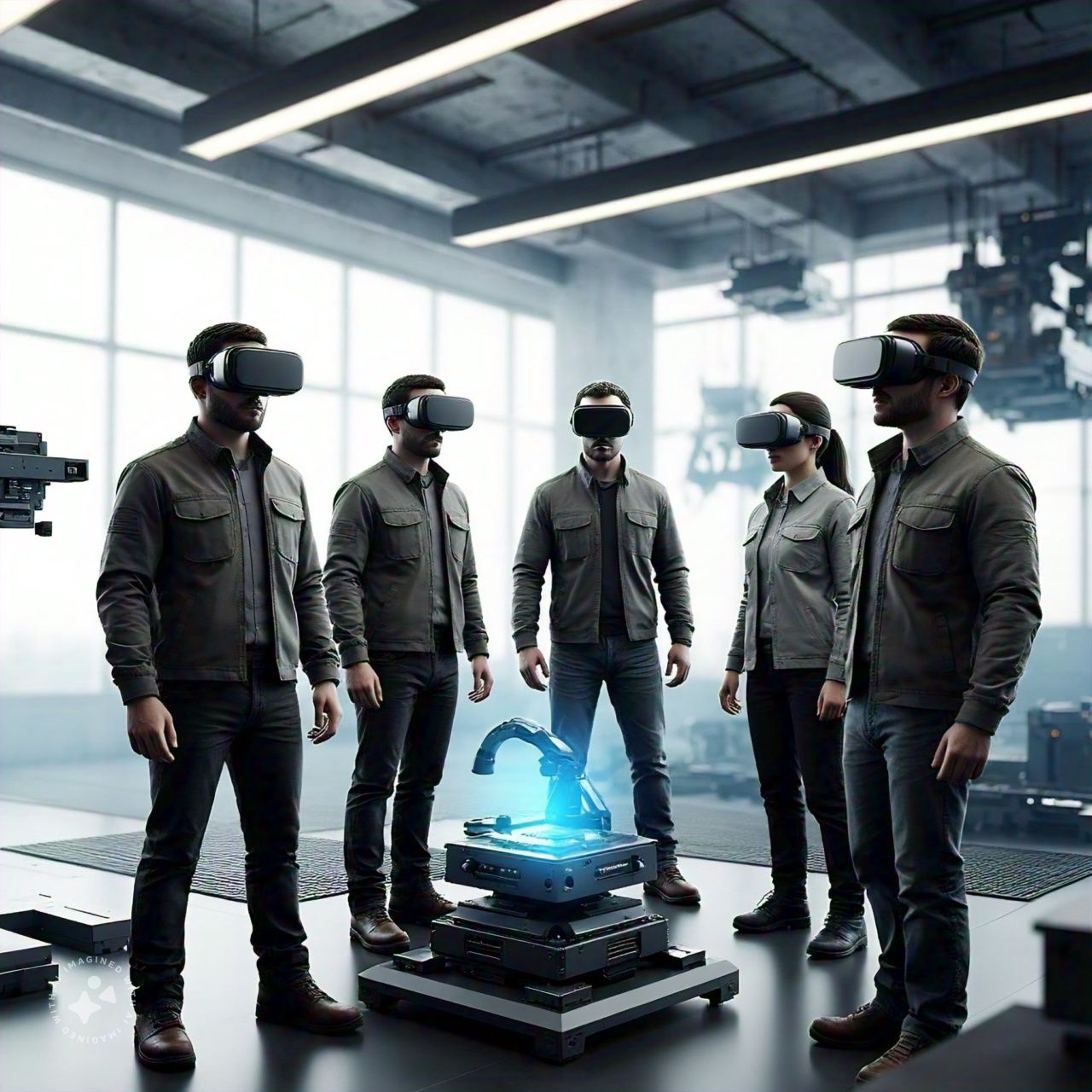
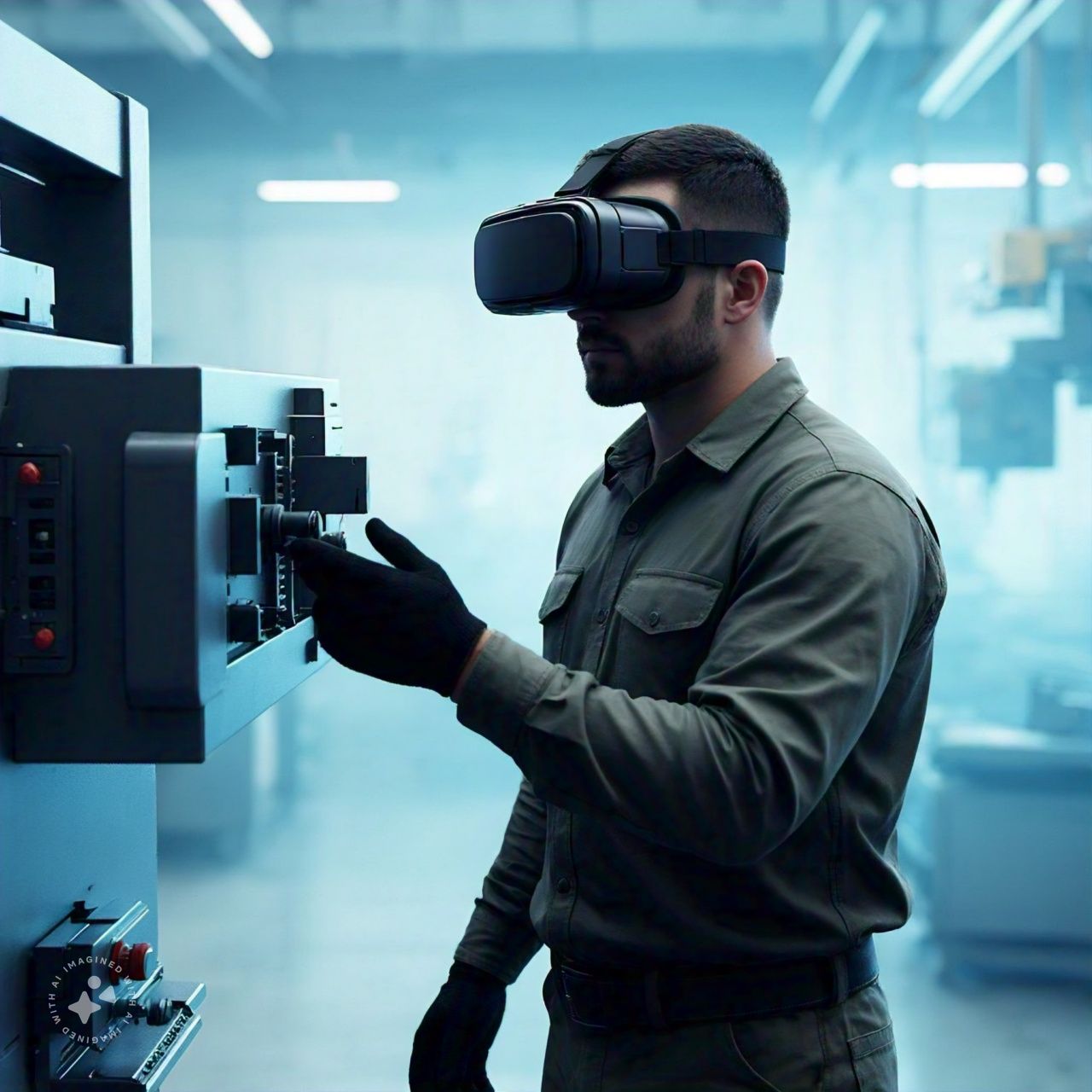
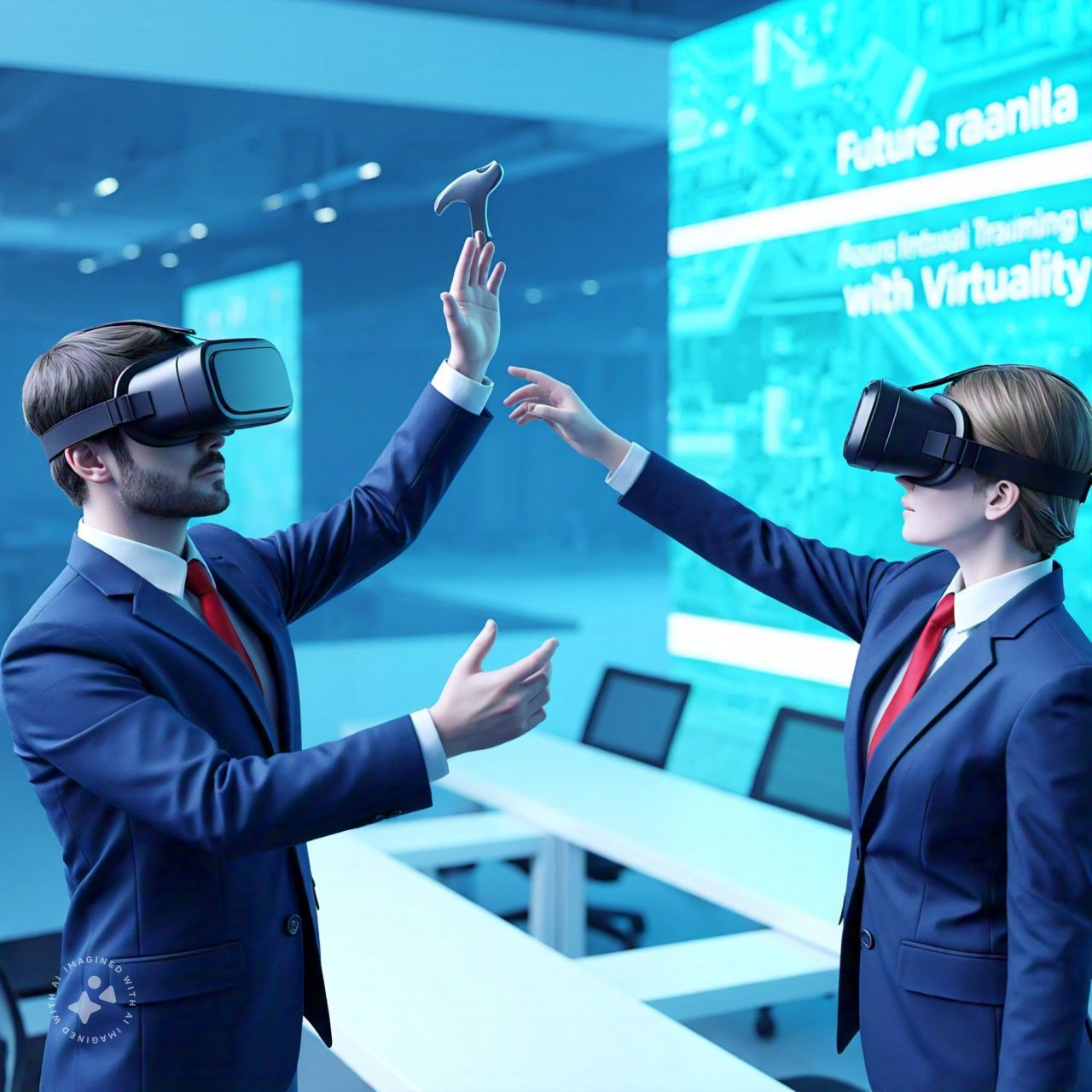
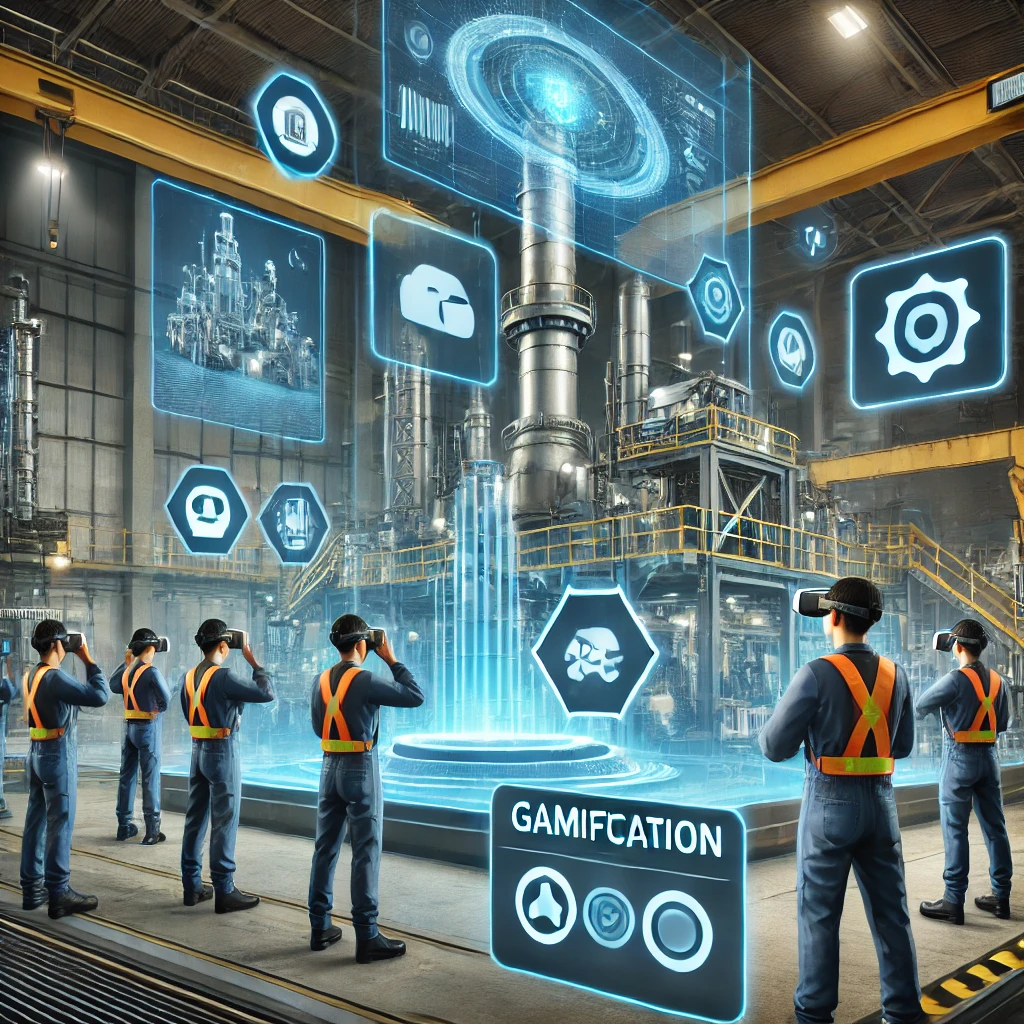
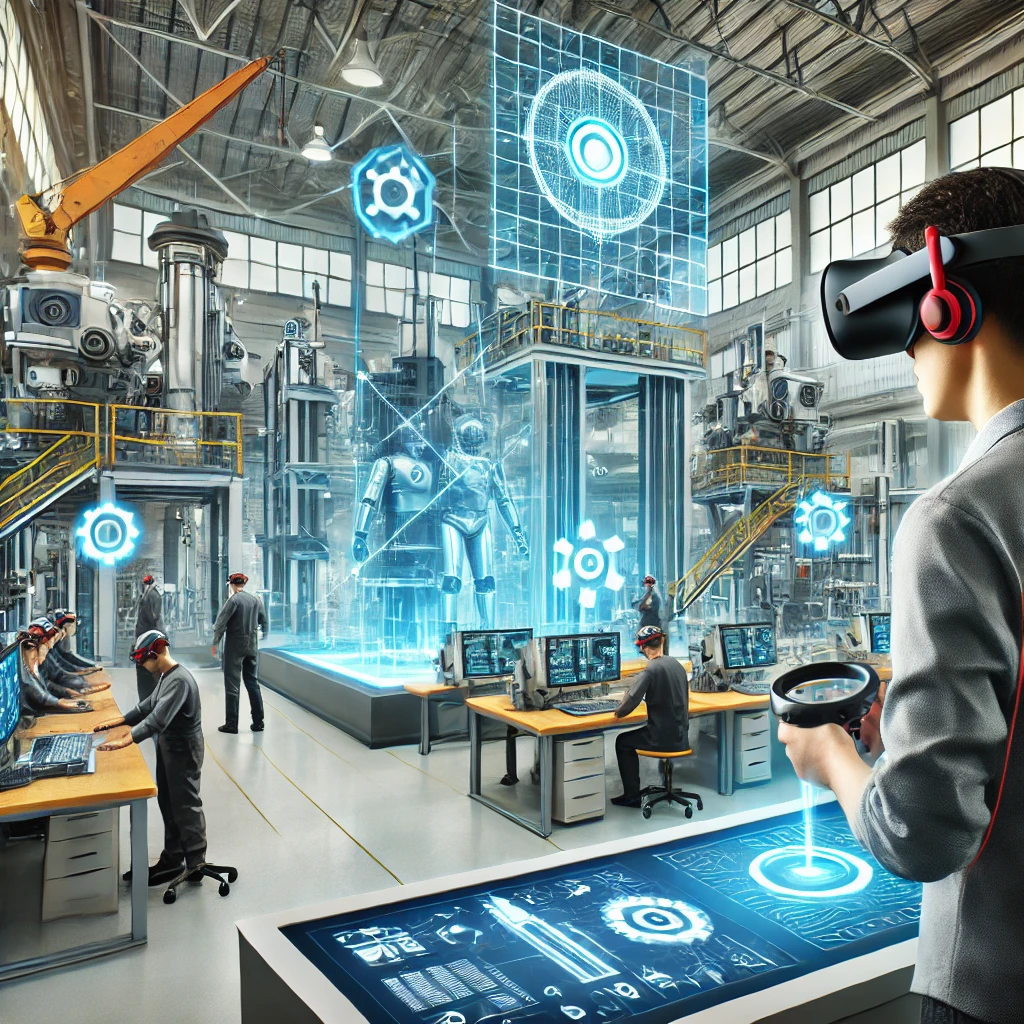

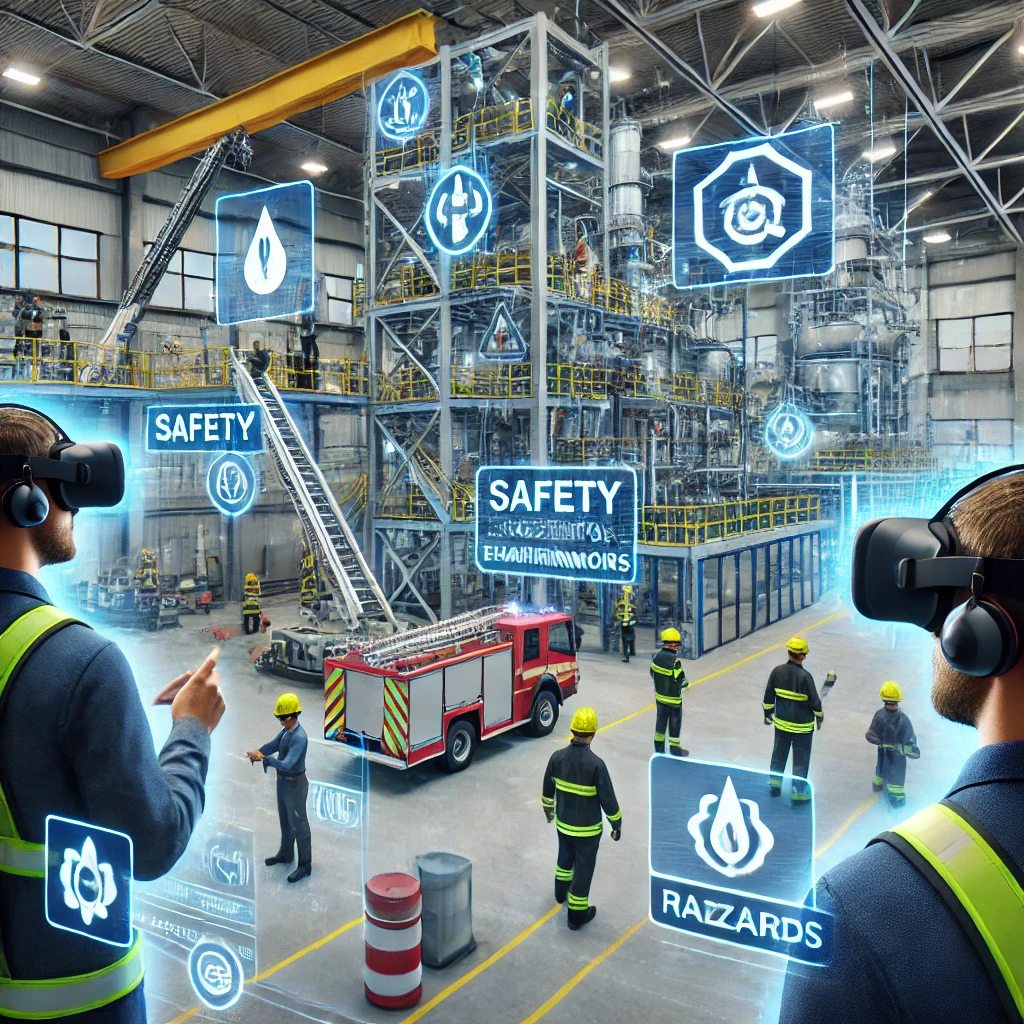
Leave a Reply